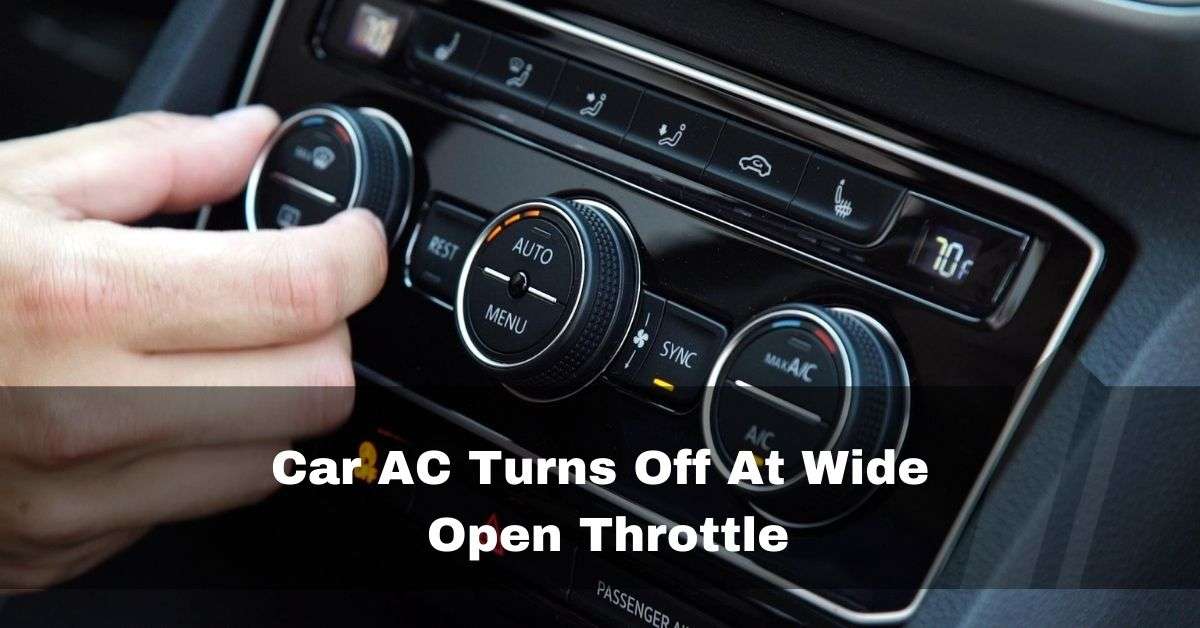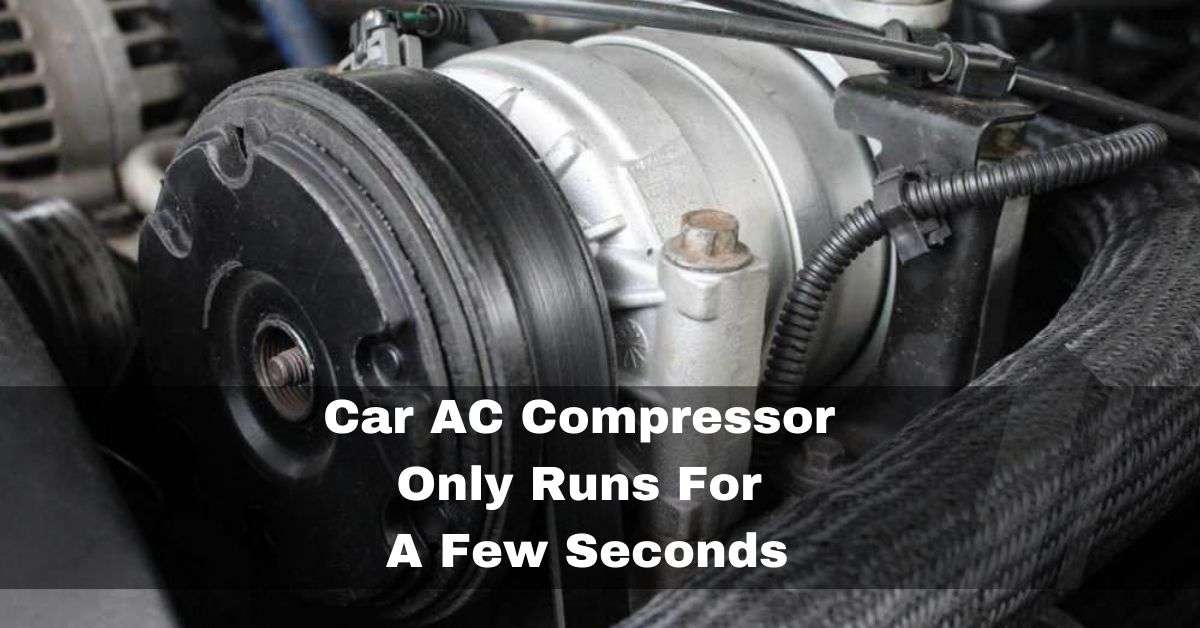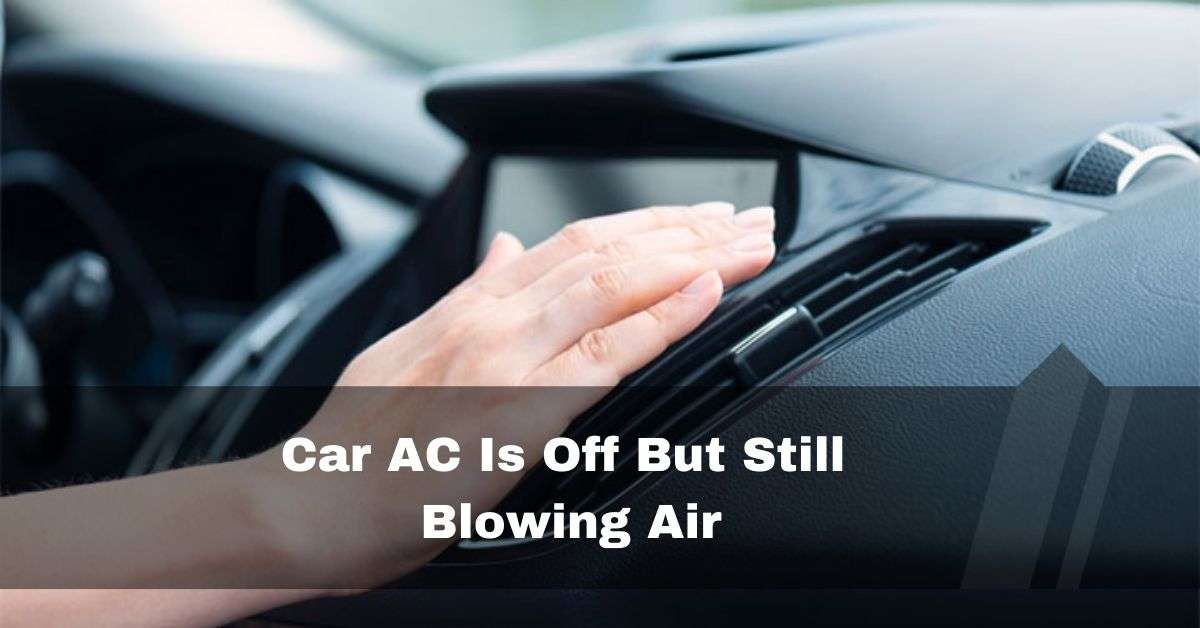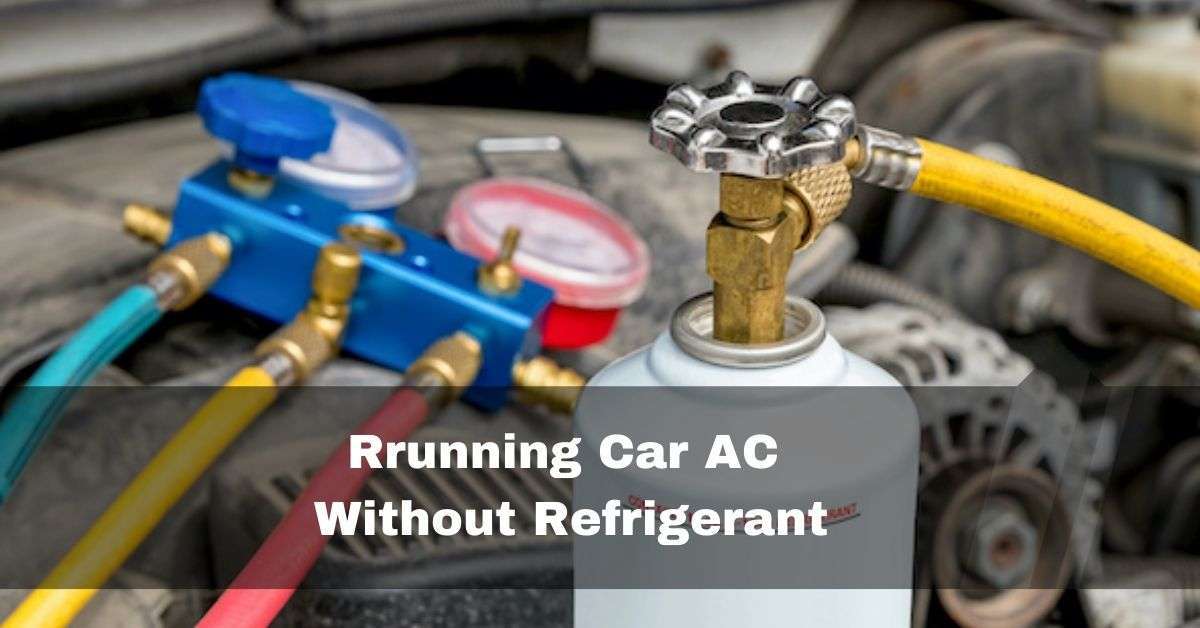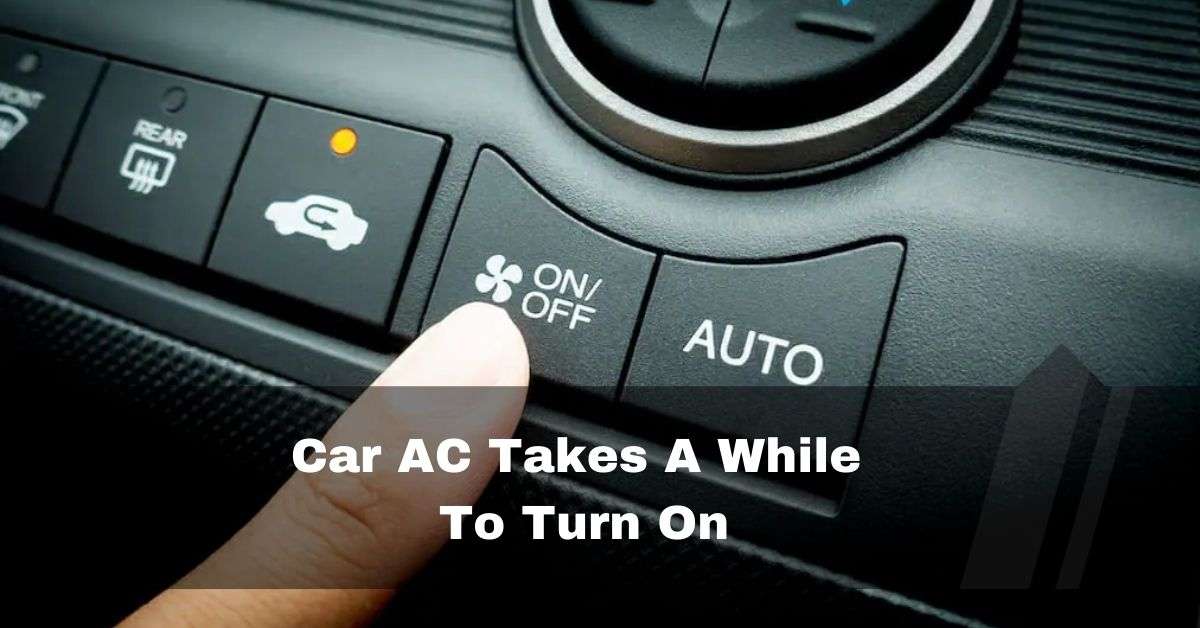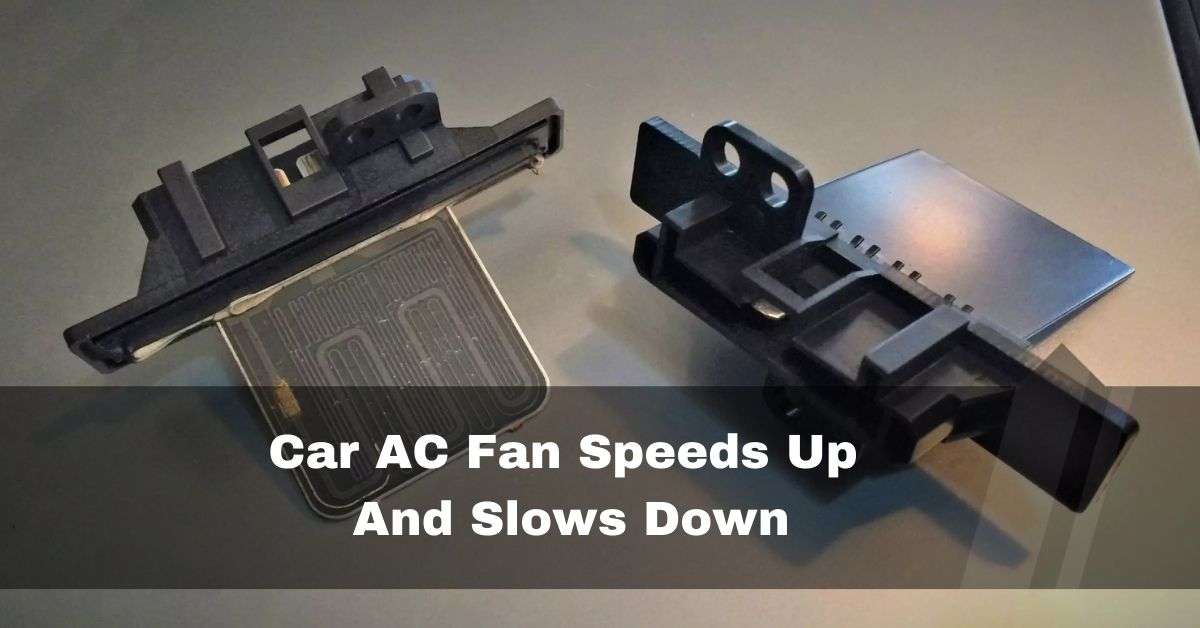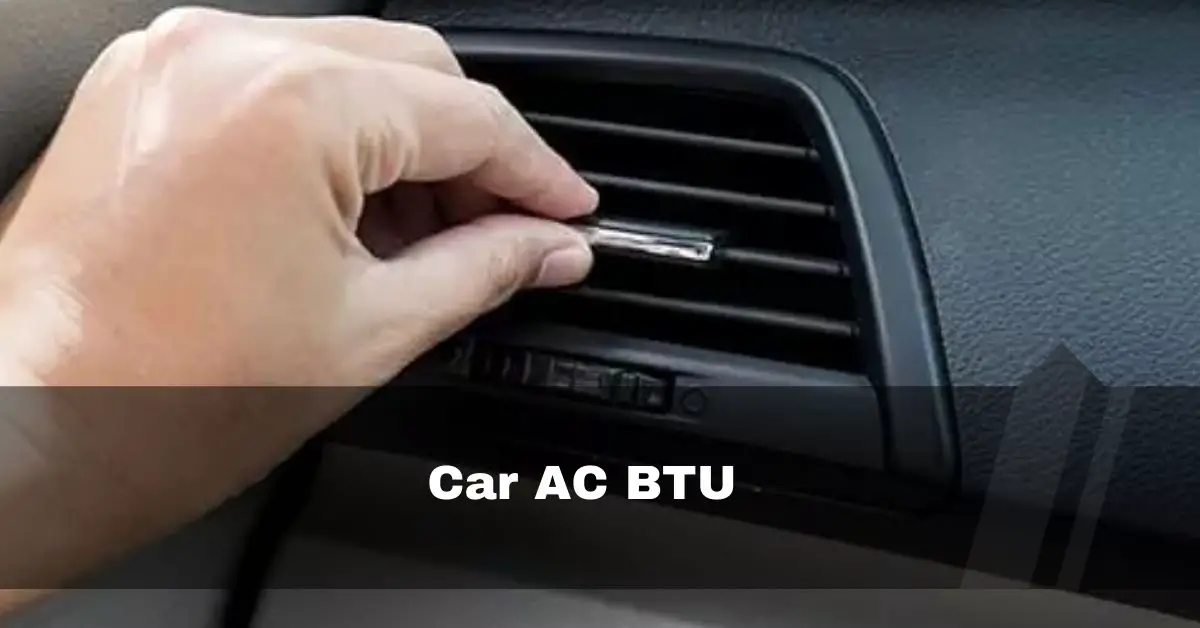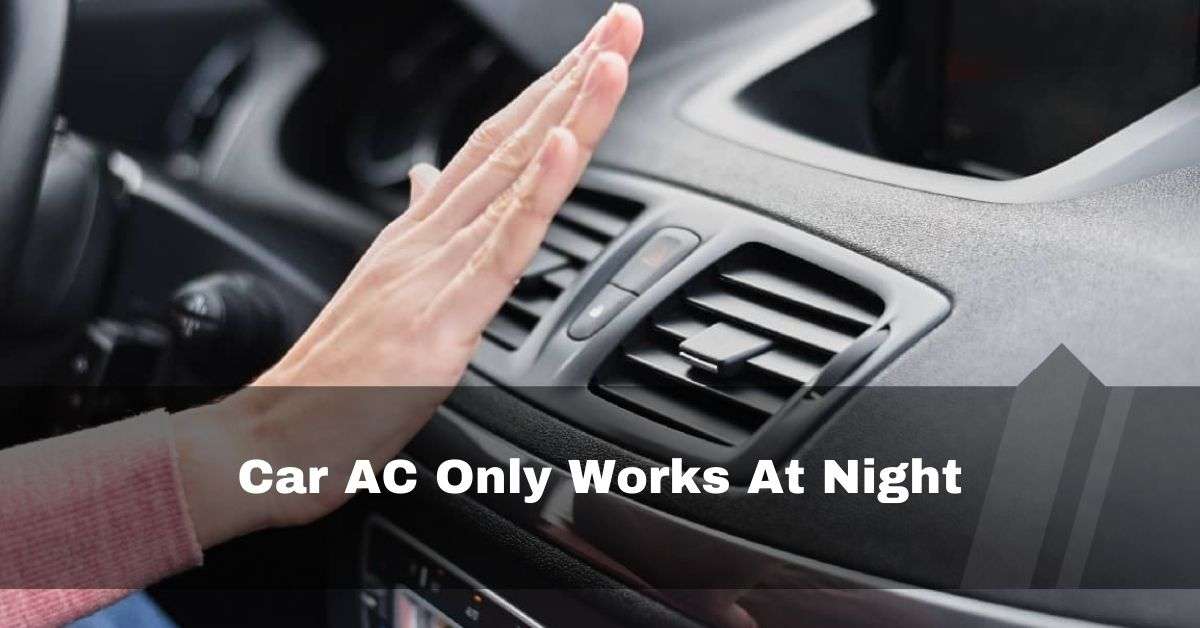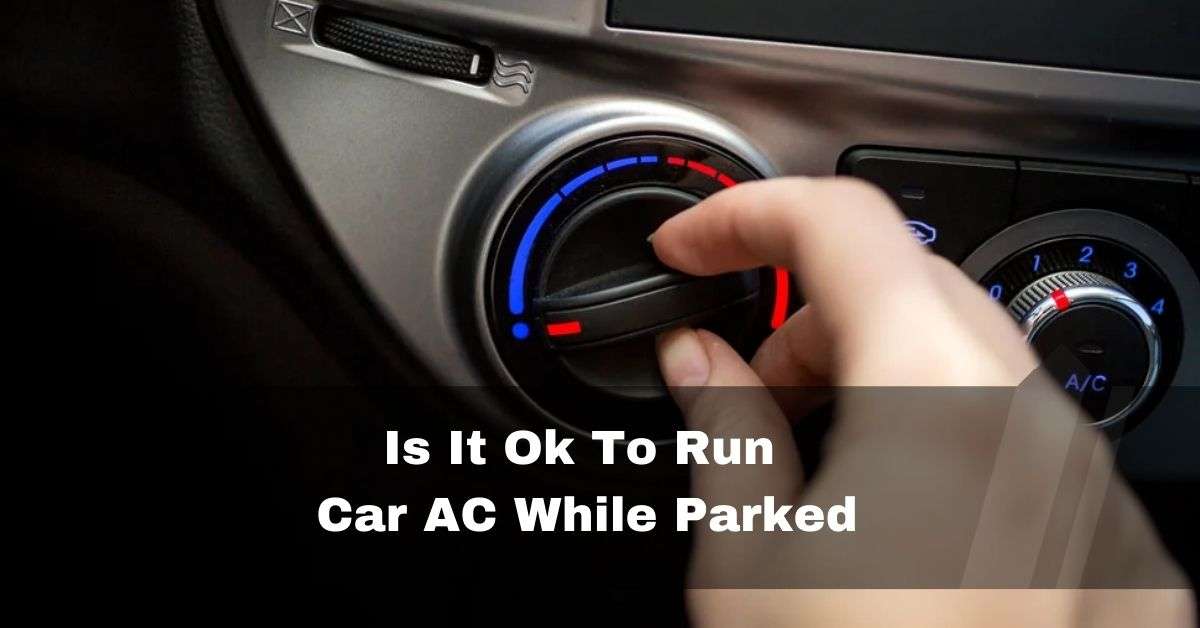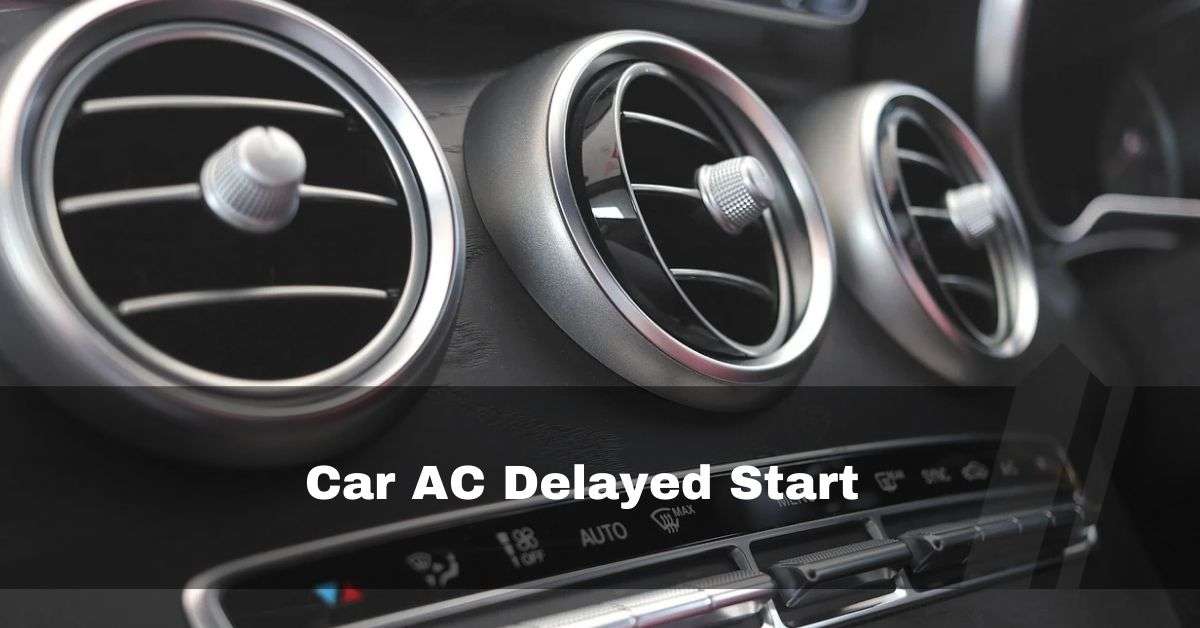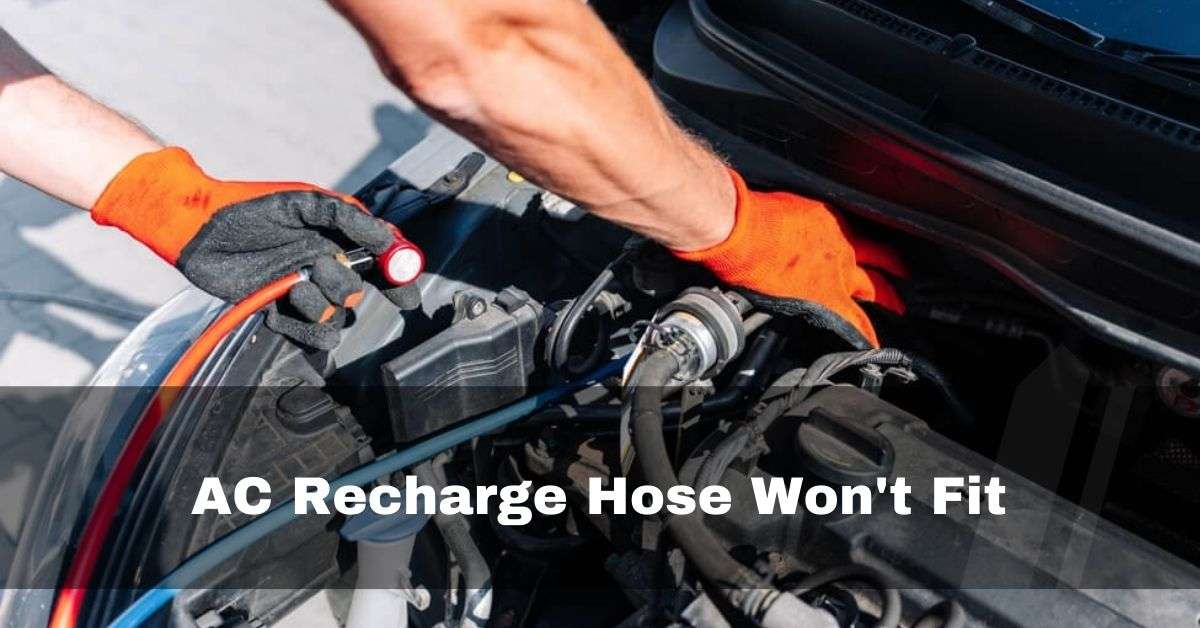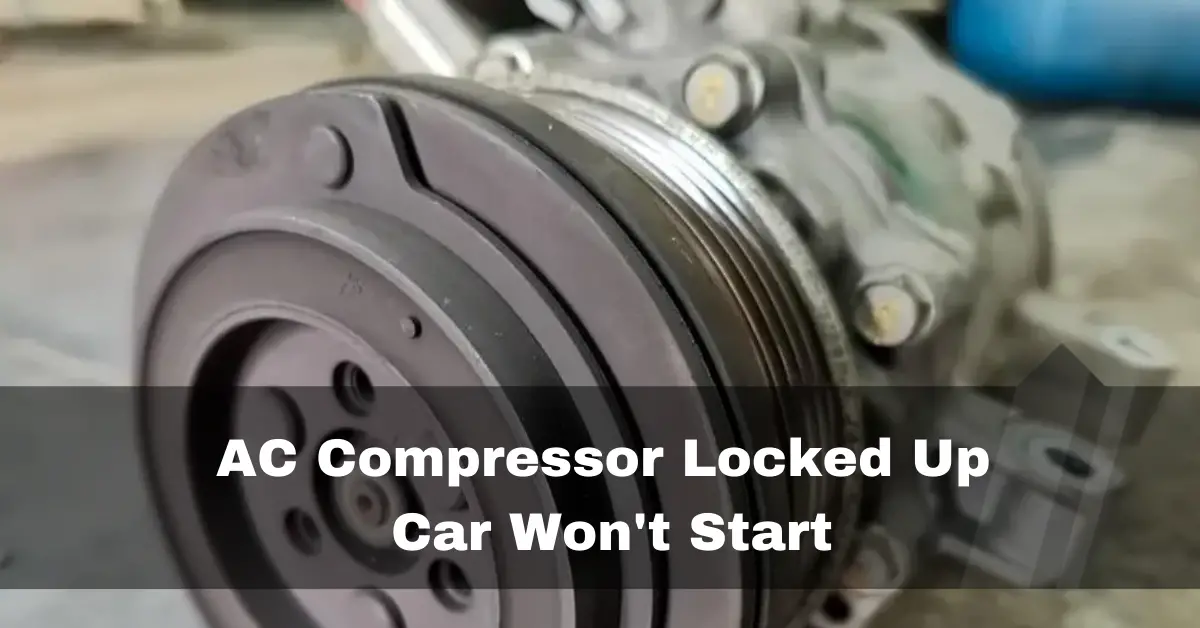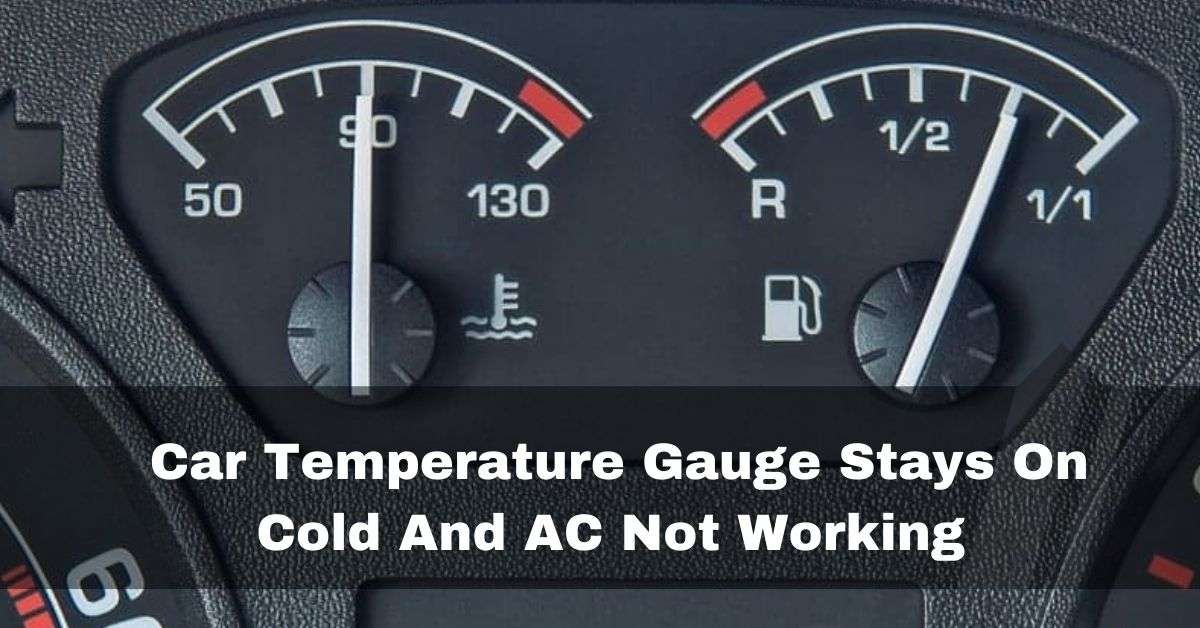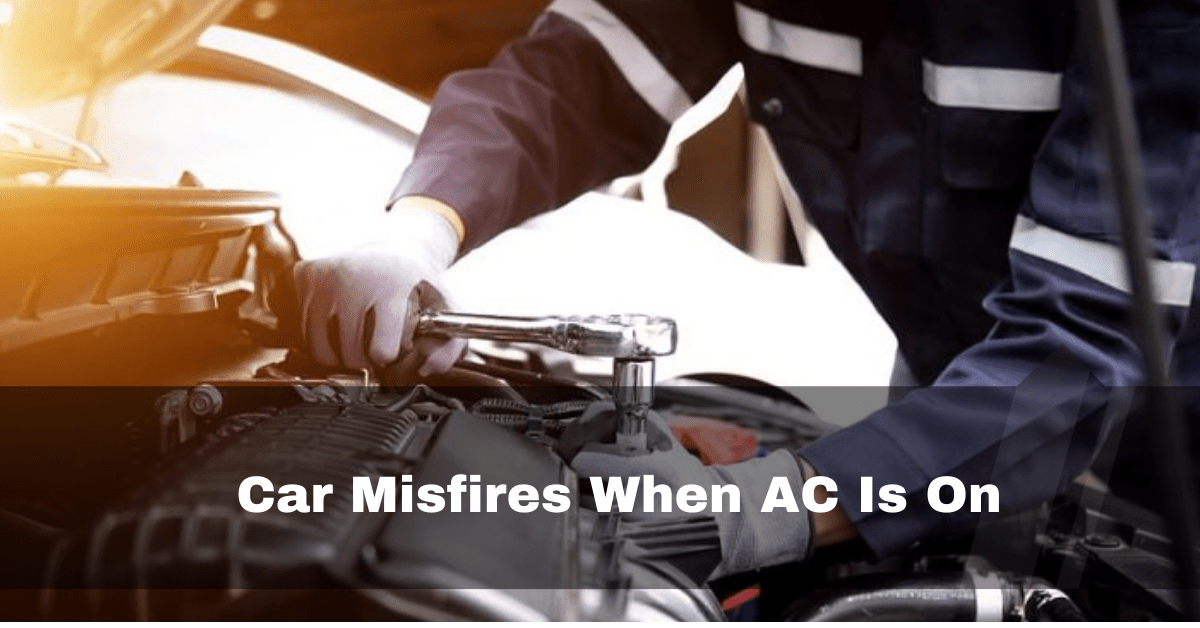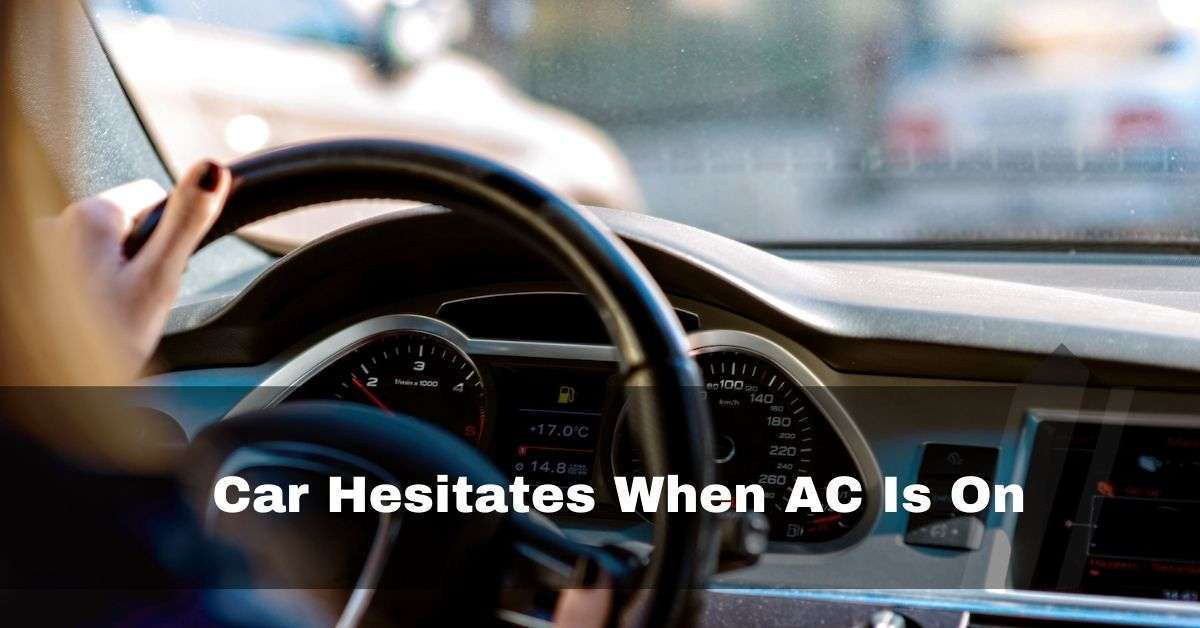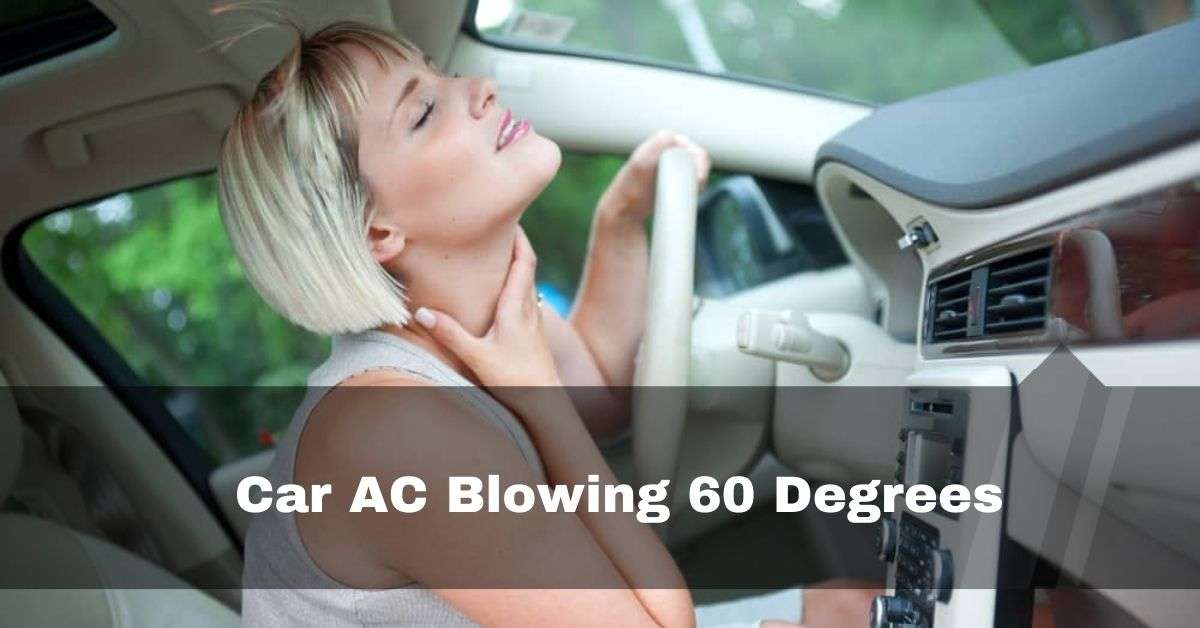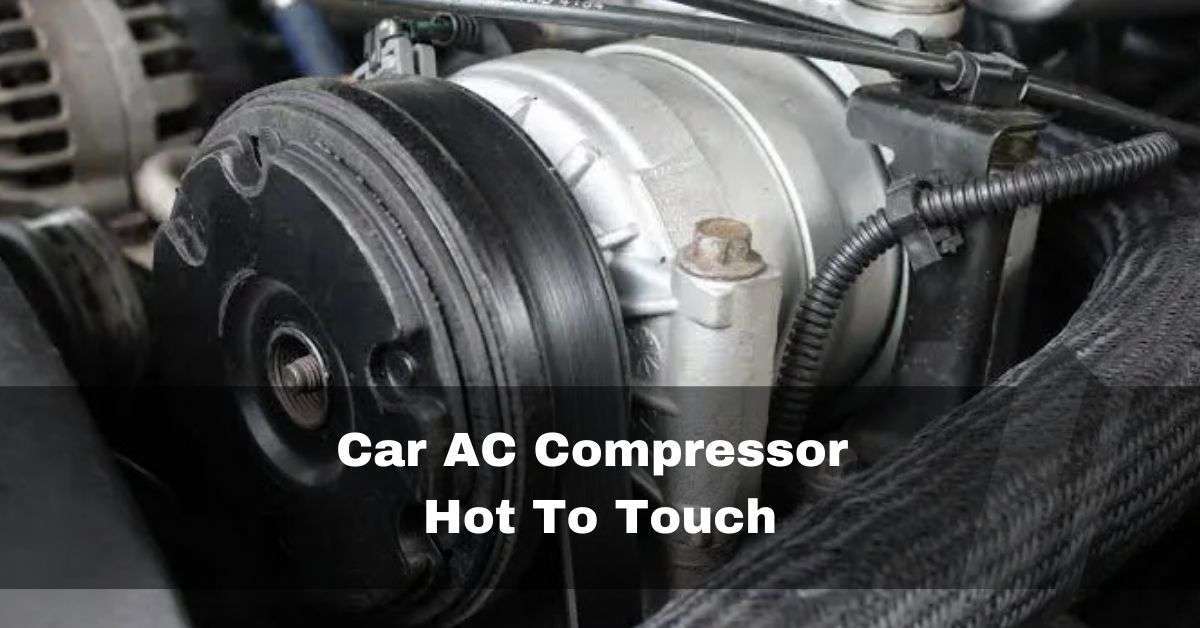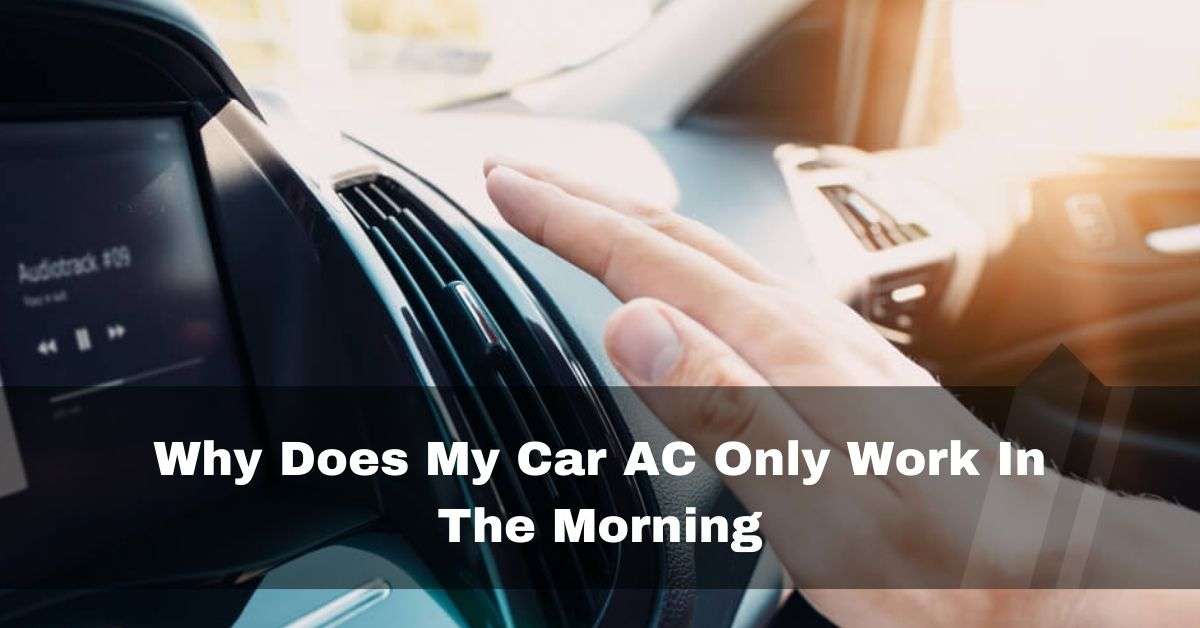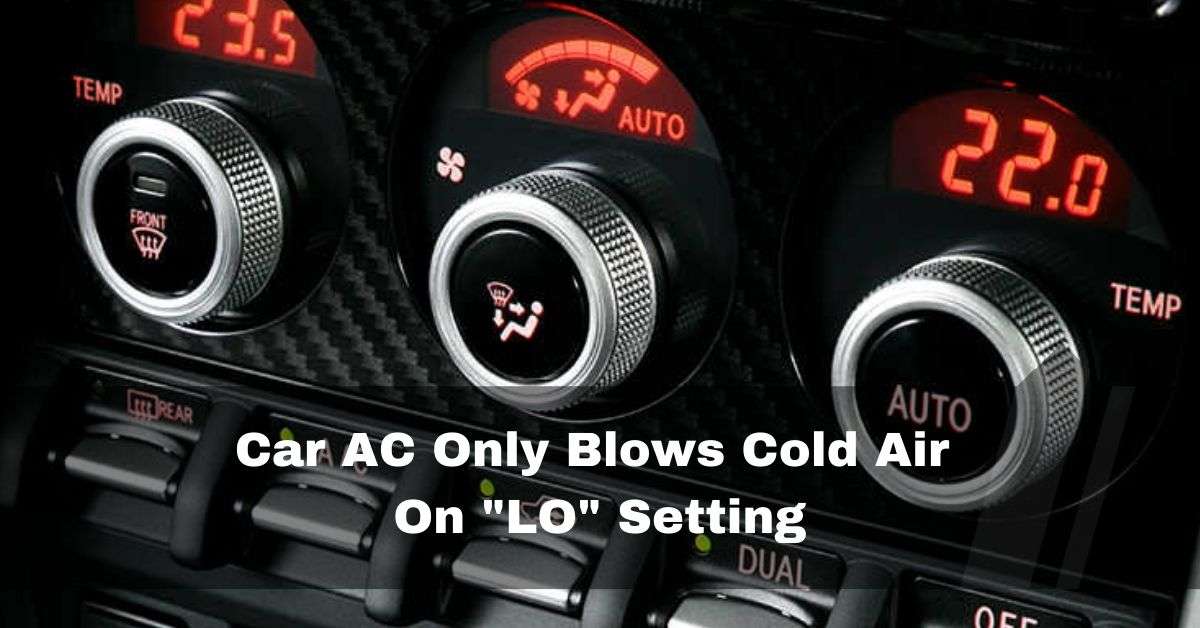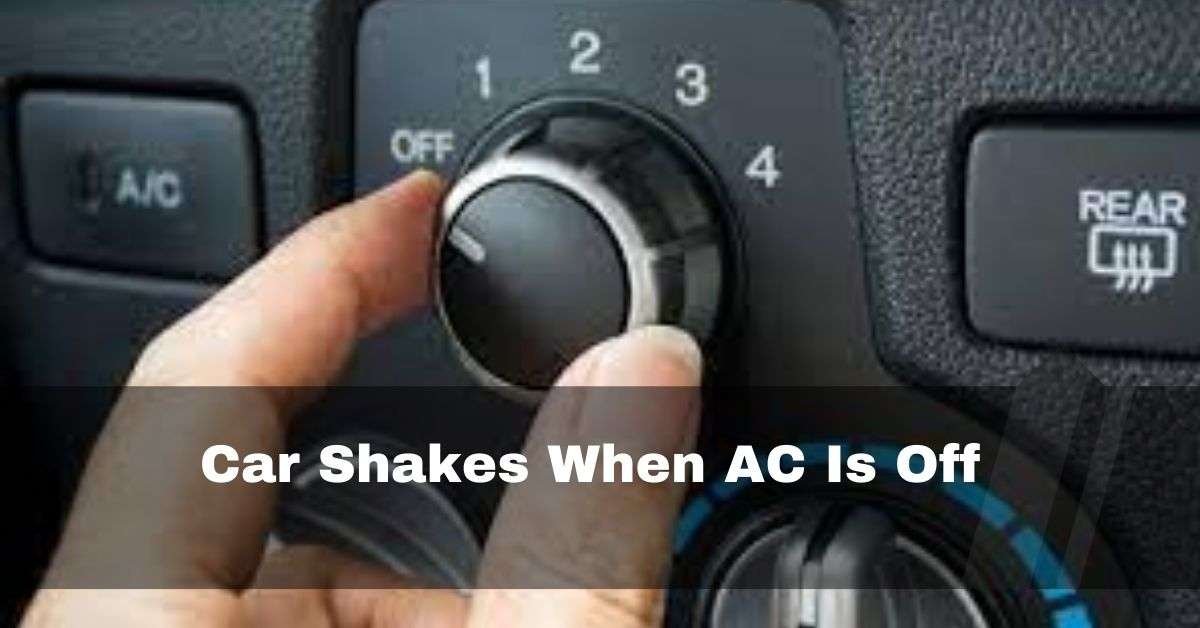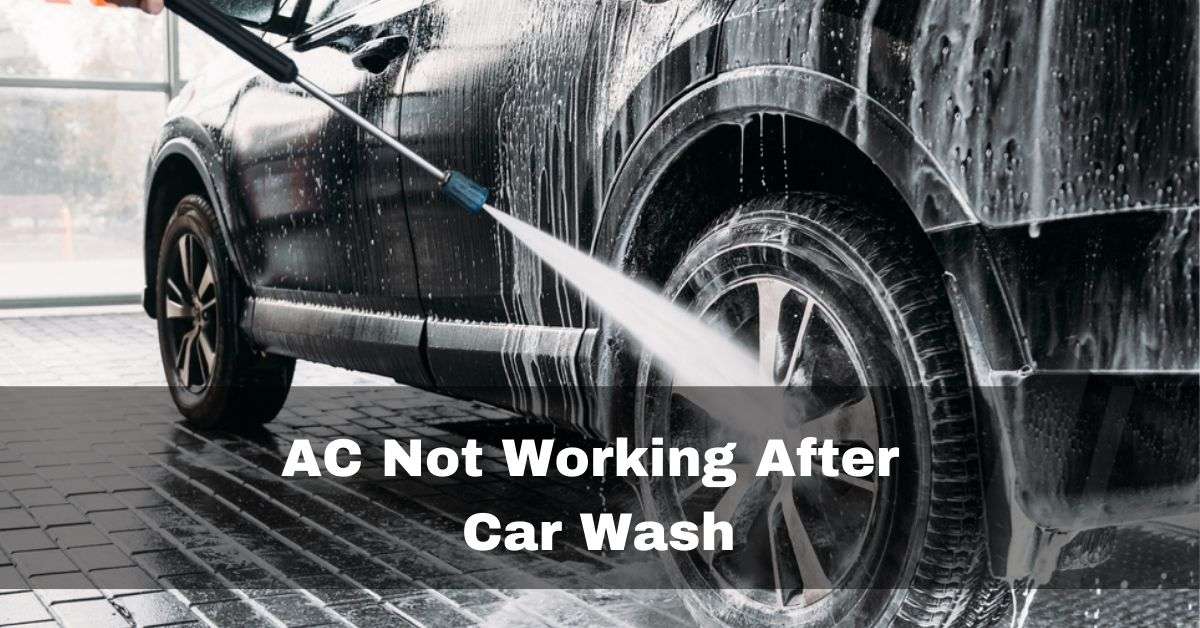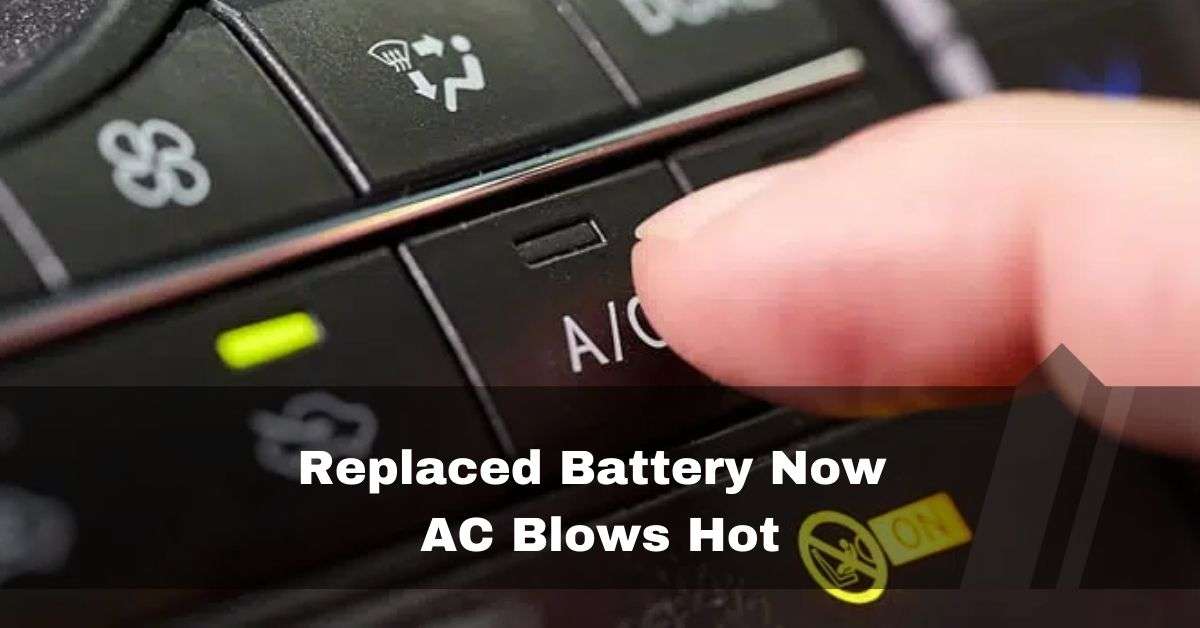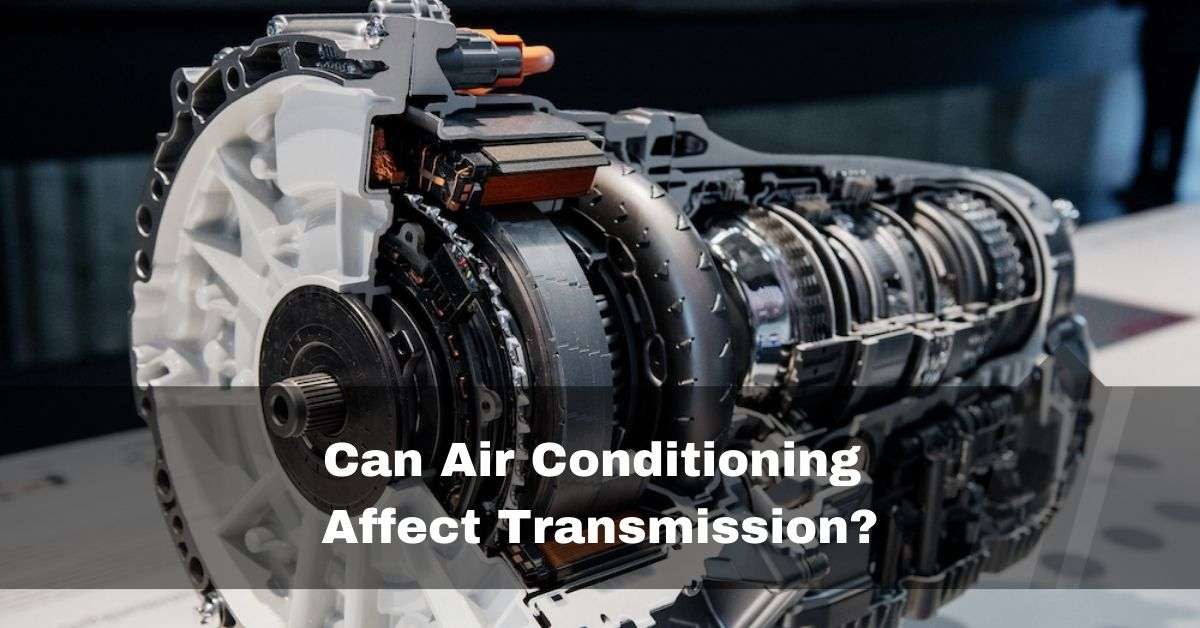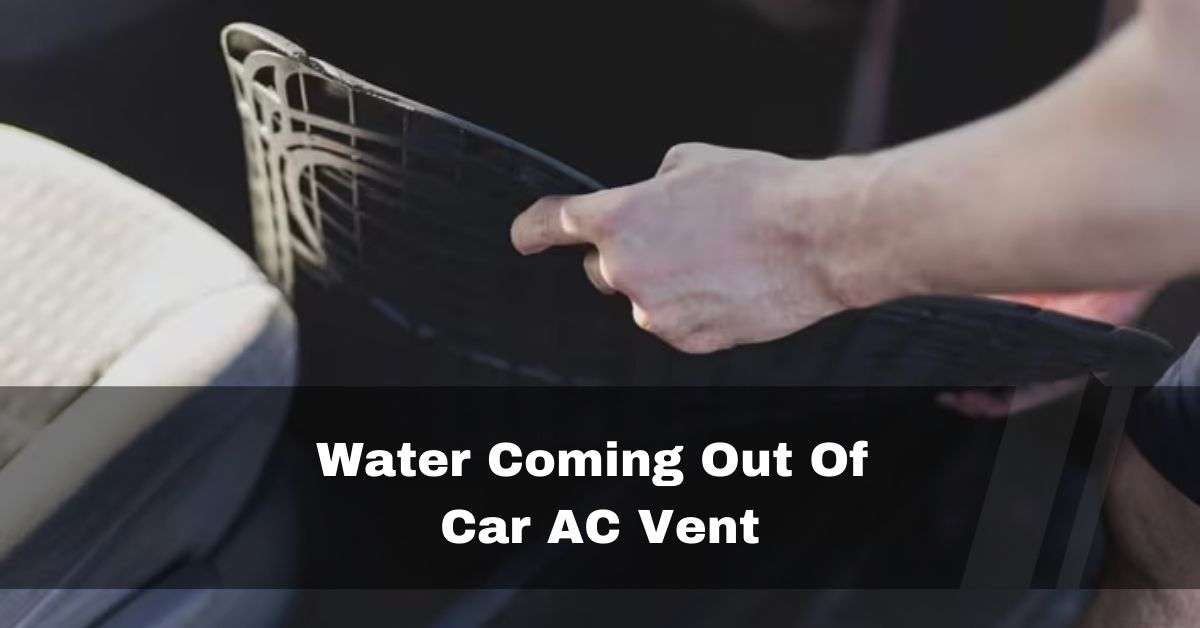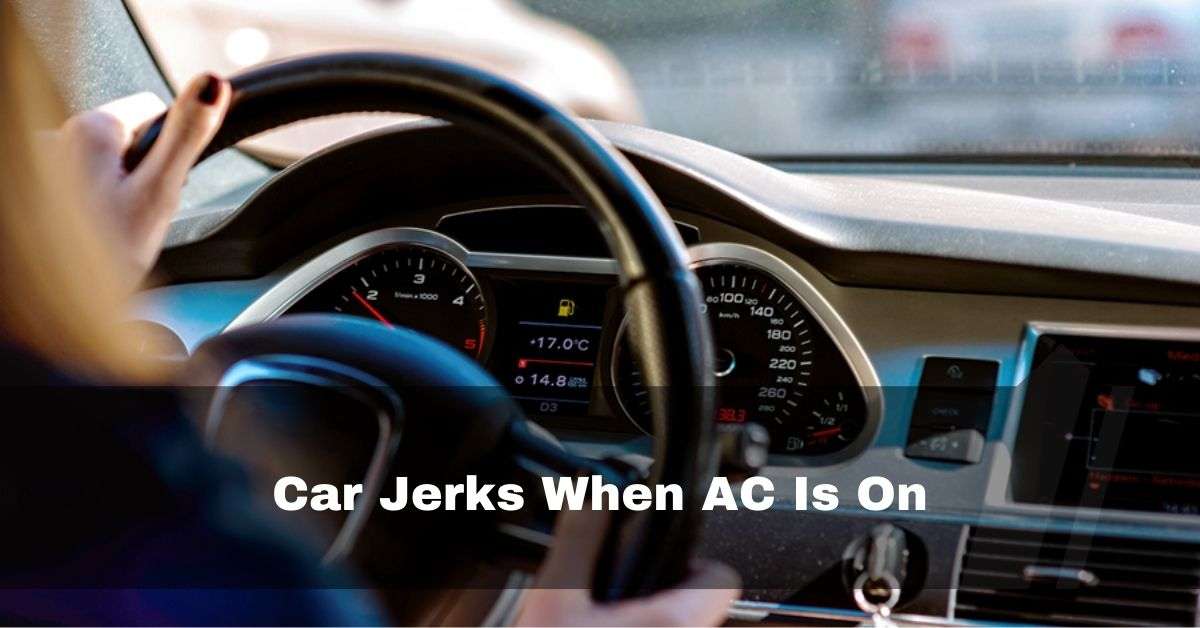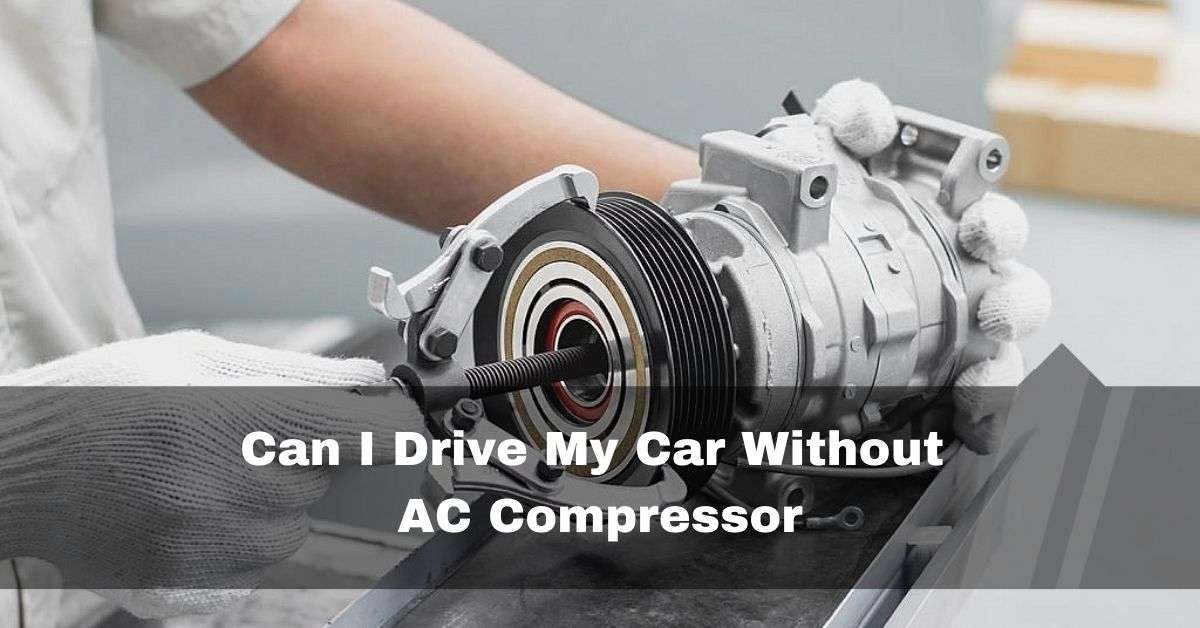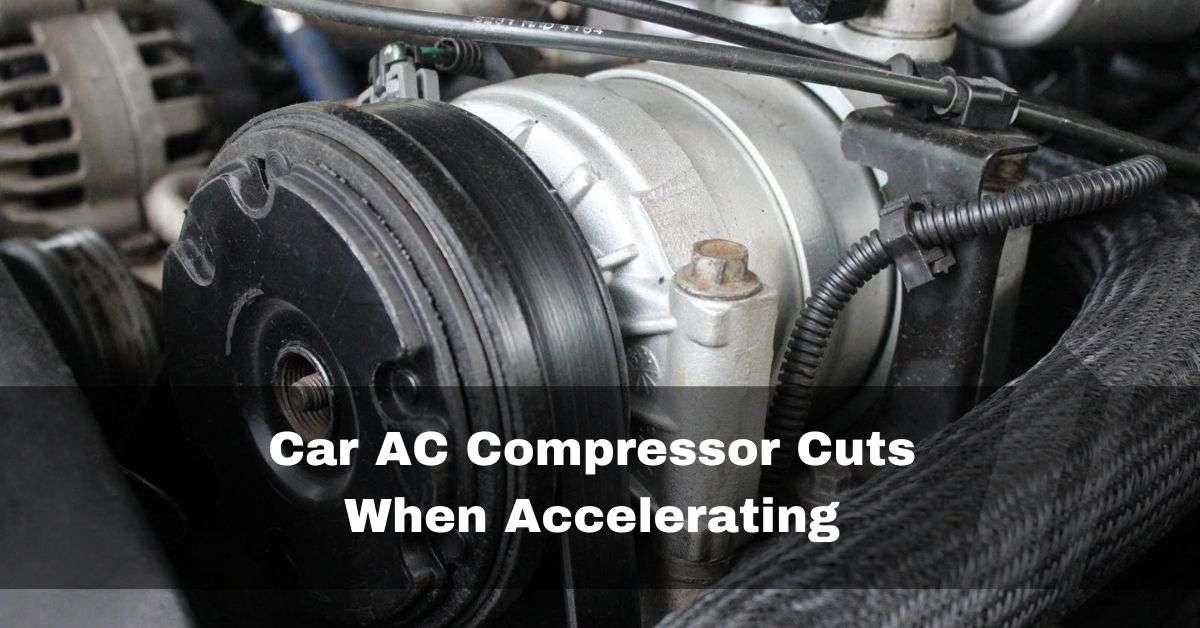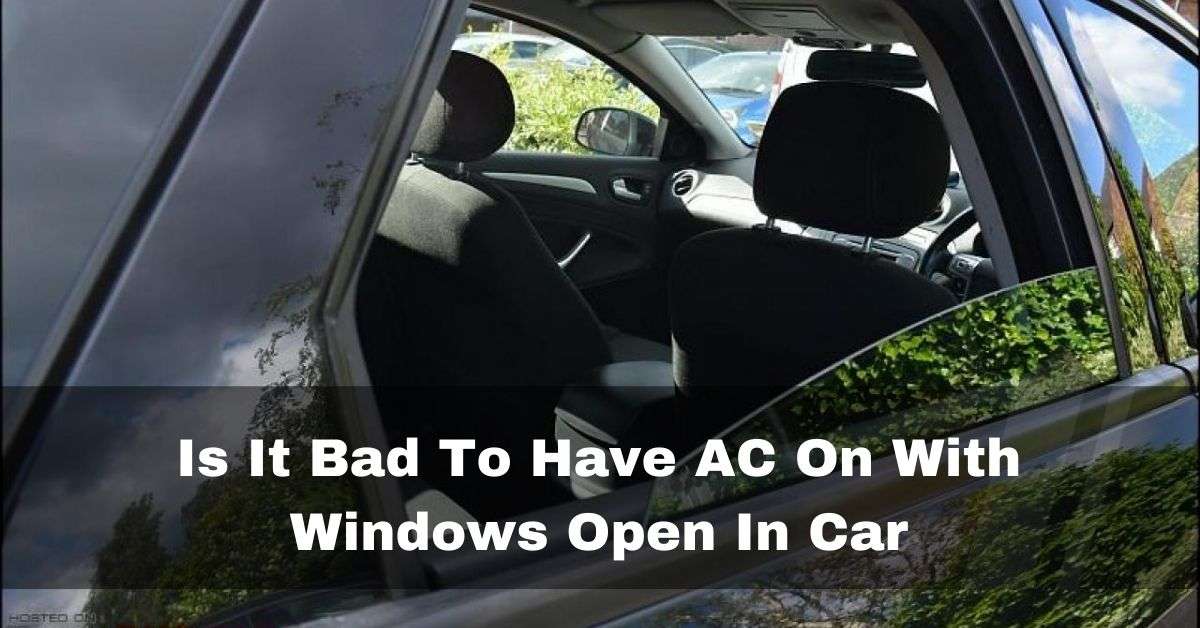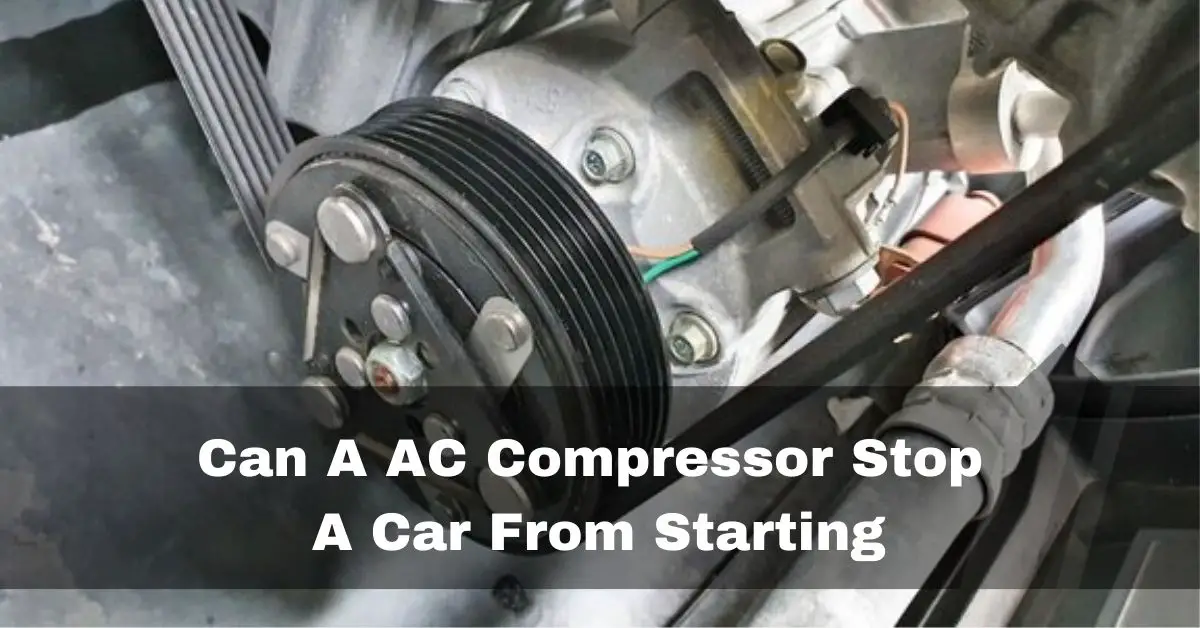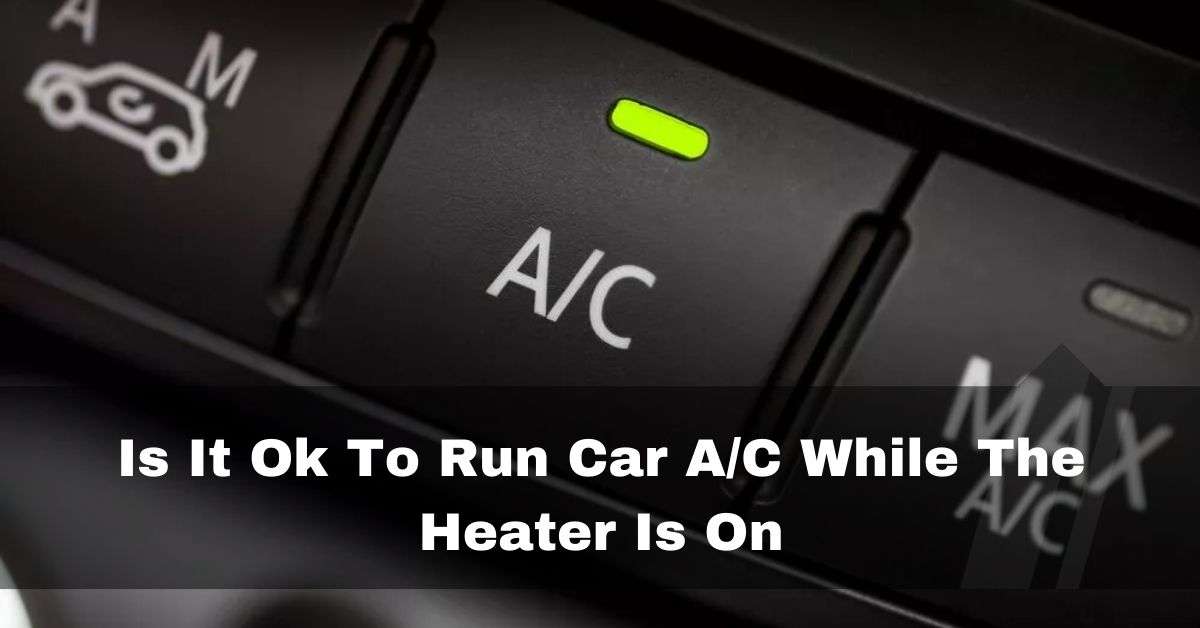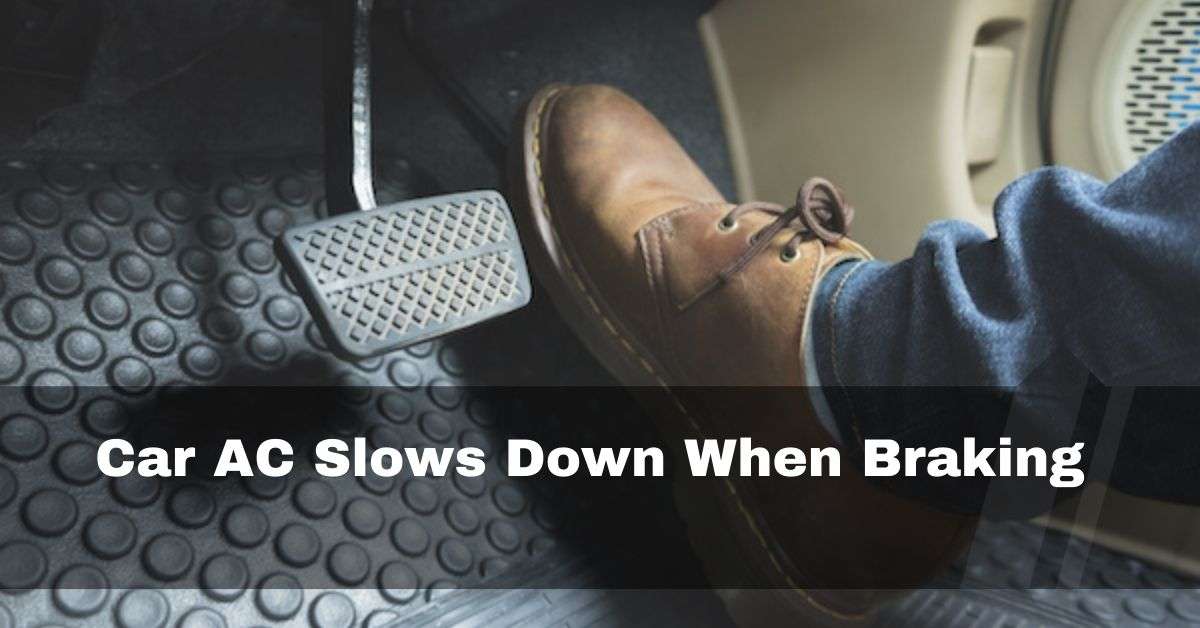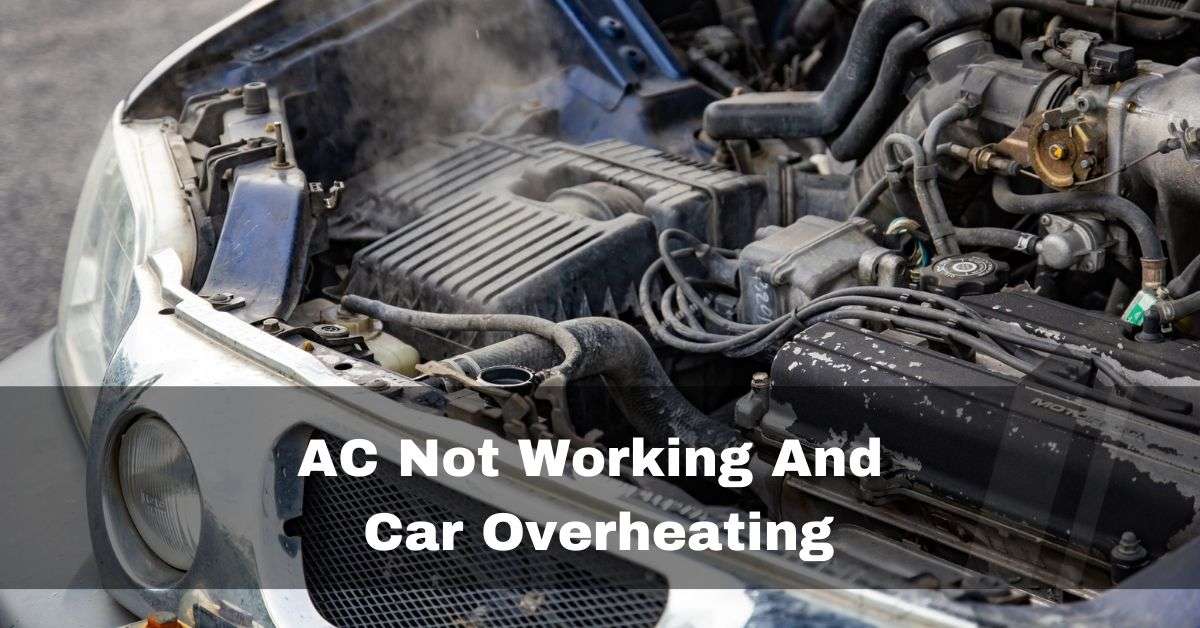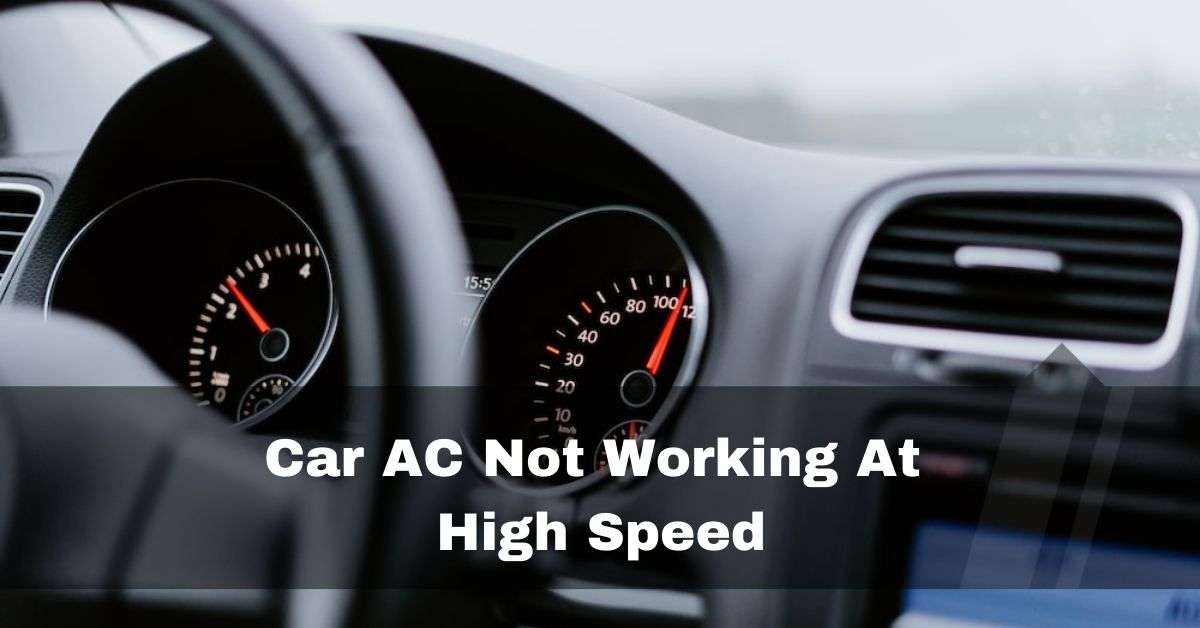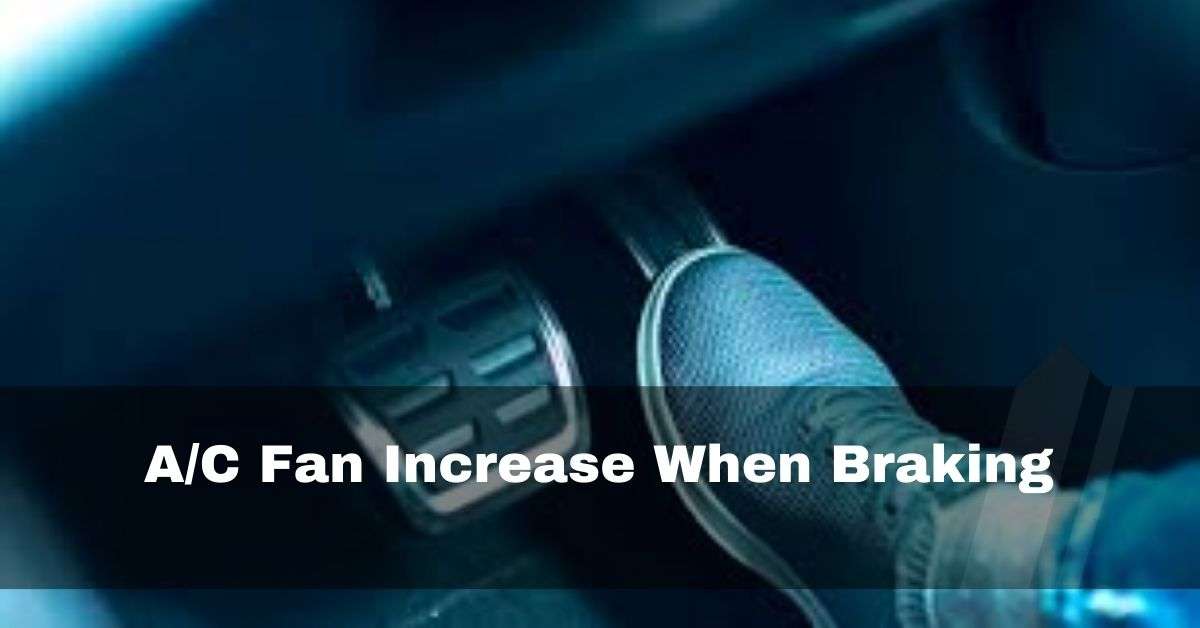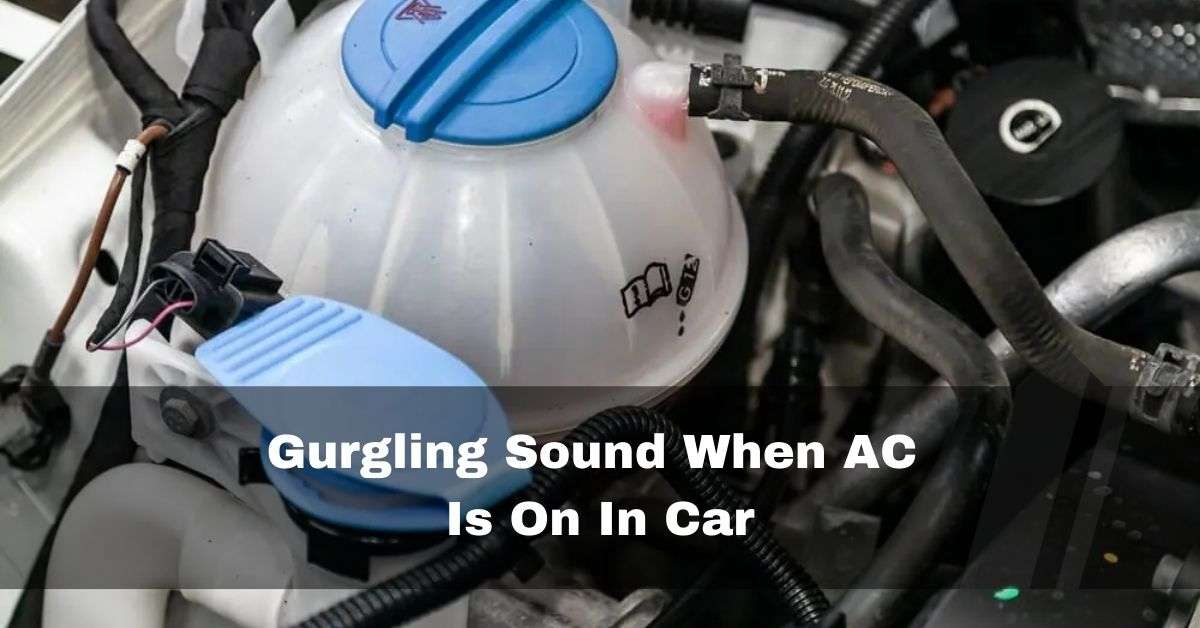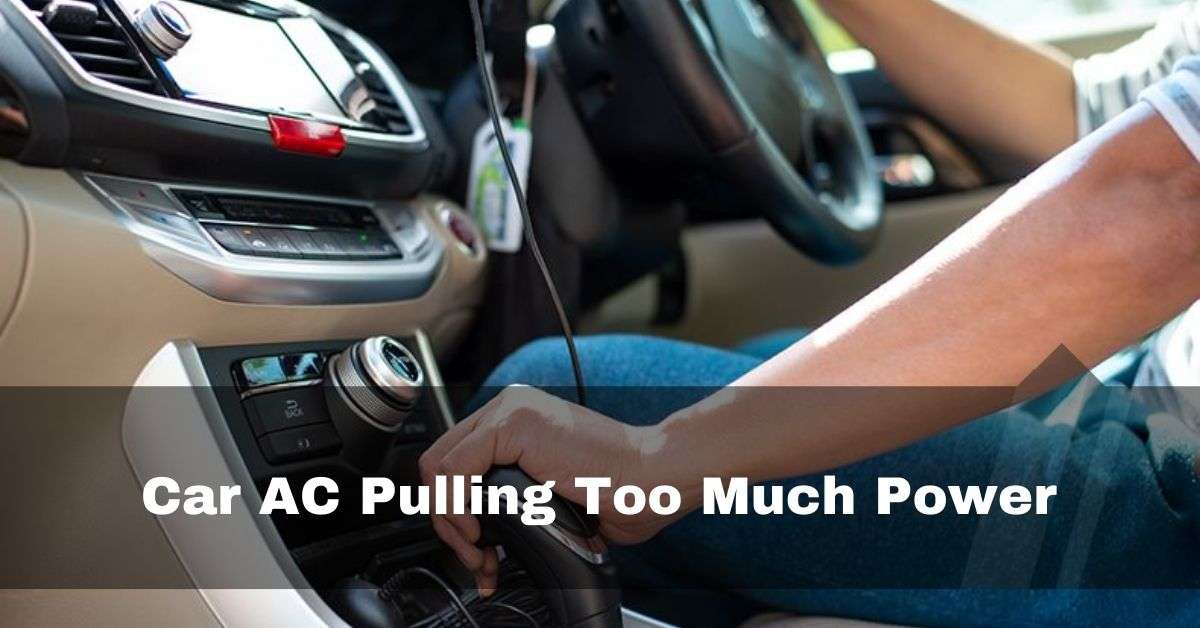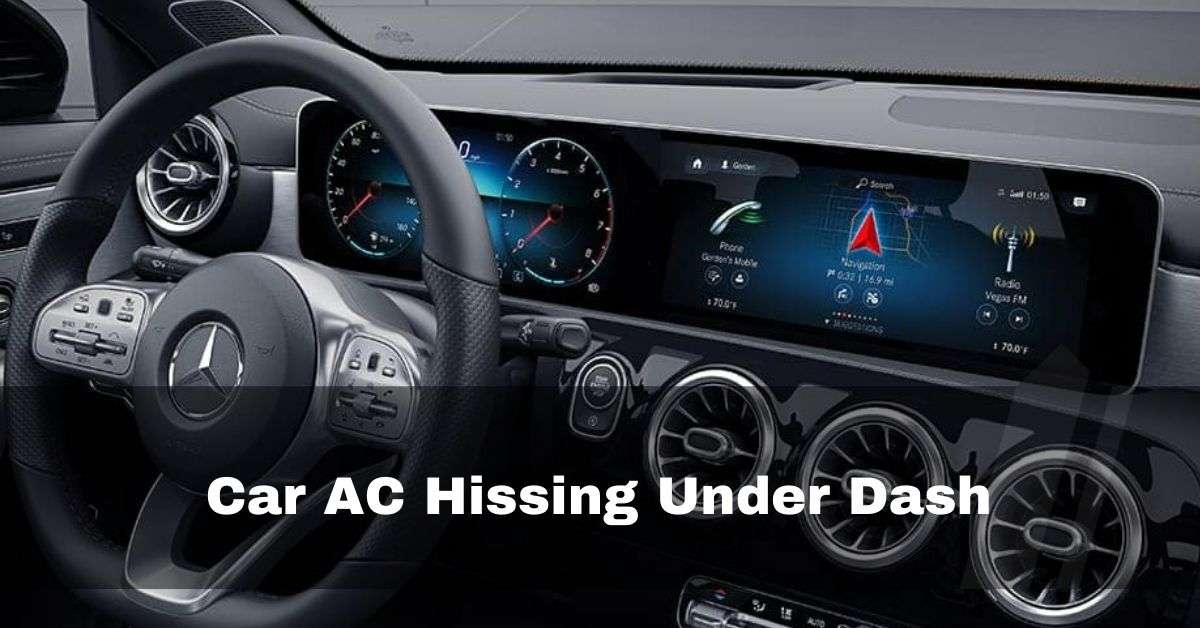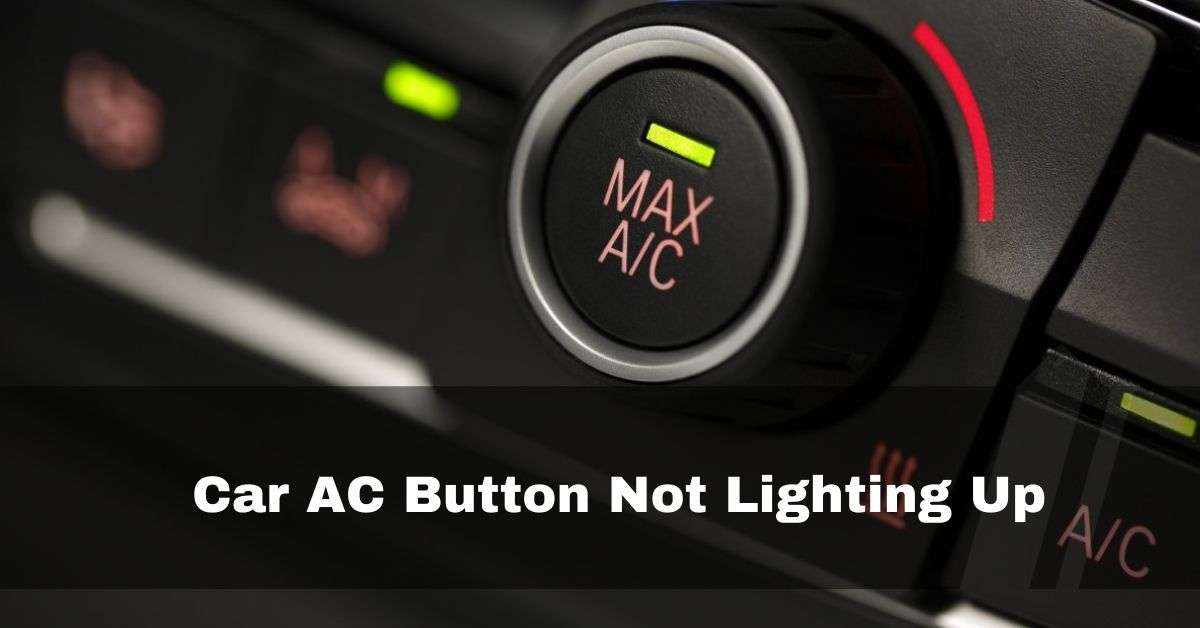Drivers who mash the accelerator pedal or spin the engine to its total capacity may have discovered that their car’s air conditioning system frequently shuts off on its own. Drivers may find this phenomenon, often known as “Car AC turns off at wide open throttle,” confusing, although it is a planned behavior rather than an issue.
In general, it’s a safety function that engages anytime the engine RPMs reach above a certain level (3000 to 4000) to prevent an excessive rise in AC system pressure. Furthermore, the microprocessor in your car is set to cut off the air conditioning while the engine is running at high speed. It will allow the engine to receive more power, allowing the car to operate more effectively.
This article will explore the reasons behind this behavior and its significance for the car’s overall performance and safety.
Table of Contents
Does Ac Turn Off At Full Throttle?
Under high throttle, the car’s air conditioning system does turn off, but for good reason. When the ECM recognizes that the maximum throttle has been reached, the AC compressor will turn off automatically. Assuming that the driver wants maximal acceleration at full throttle, this is done to make more power available to the wheels.

The engine has to work harder to drive the car ahead when you push the accelerator, which uses more gasoline and electricity. The air conditioning compressor is shut off to lessen the burden on the engine and supply this extra power, which is then utilized to provide the car with more acceleration.
The good news is that as soon as the ECM notices that full throttle has been released, the AC system will promptly turn itself back on. The car’s owner will enjoy the finest possible performance and comfort by doing this. The AC will restart once you’ve stopped accelerating and have been driving steadily.
Understanding The Wide Open Throttle?
The car’s engine and power requirements cause the air conditioning system to turn off while the throttle is wide open. When the accelerator pedal is fully depressed, the engine is given a wide-open throttle (WOT), enabling it to use the most gasoline and air while generating the most power. Maintaining the vehicle’s performance and safety takes precedence when the engine runs at full throttle.
You can better understand your vehicle’s performance by using Wide Open Throttle. It can also aid in diagnosing any issues you might be having with your automobile, such as problems with the engine or performance. WOT is a terrific approach to see how far your car can go regarding performance and power.
Driving on the street shouldn’t be done when using WOT because it can be risky and lead to vehicle instability. Additionally, it is not advised for regular driving due to increased fuel consumption and potential engine strain.
How Does Car Ac Compressor Turn?
Many people mistakenly believe that the AC compressor continually spins while the engine runs. However, that is untrue. An AC compressor runs your car’s air conditioning system.
The crankshaft of the machine is connected to a belt that drives the pump. The AC compressor compresses the refrigerant gas before flowing through the condenser, evaporator, and expansion valve. The air within the car gets cooled as a result of this procedure.

The AC compressor in a car is powered by a serpentine belt that runs from the engine’s crankshaft to the compressor. All of the engine’s pulleys, including the AC compressor pulley, are connected by a long, looped belt called a serpentine constructed of rubber and metal.
The following are the essential parts of the automobile AC compressor system:
- AC Compressor Pulley: The serpentine belt drives the AC Compressor Pulley, a compressor component.
- Magnetic Coil: The pulley and AC compressor clutch are engaged by this compressor component.
- AC Compressor Clutch: This compressor component connects the compressor to the pulley, enabling it to rotate.
How Does Throttle Control Car AC?
By transmitting signals about the position of the butterfly valve within the throttle body, the throttle regulates the opening and closing of the car’s air conditioning.
The throttle body and the accelerator pedal are connected directly. The throttle valve opens depending on where the accelerator pedal is positioned.
With an electronic throttle body, the accelerator pedal has sensors that send signals to the ECU, which then controls the throttle body using those signals. If the throttle body is mechanical, the accelerator pedal is connected to it via a spring mechanism.
Throttle position sensors (TPS), which inform the ECU of the position of the throttle valve, are located on the throttle body. For the ECU to perform the appropriate tasks, such as disengaging the AC compressor clutch and turning off the AC, the TPS sends position signals to the ECU when the butterfly valve of a throttle body is fully opened at WOT.
How Air Conditioning And Engine Load Are Related?
The engine needs to power an air conditioning system in a car to run its compressor and cool the cabin air. Under normal driving circumstances, this is not a big power draw. Still, at wide-open throttle, every ounce of engine power is essential to guarantee peak performance and avoid potential engine stress.
The engine needs the most power possible to operate at its best at WOT. When the air conditioning is on, the engine is put under more strain, which could result in a drop in total power. The AC compressor is automatically disconnected when the throttle is fully opened by automakers as a safety measure to avoid any negative performance consequences and to ensure vehicle safety.
Safety And Engine Protection:
Turning off the AC at full velocity serves a critical safety function in addition to power issues. The car requires all the power it can muster during periods of rapid acceleration to make quick maneuvers and escape potential hazards. By disengaging the AC, you can ensure the engine can send all its power to the wheels, making the vehicle more agile and responsive in urgent situations.

Additionally, avoiding using the AC compressor at high engine loads protects the engine from excessive stress and potential harm. Under these circumstances, running the AC system could cause the engine to overheat, resulting in mechanical issues.
Causes And Fixes Of Car AC turning Off At Wide Open Throttle:
1. Too High Pressure In The AC System:
Excessive pressure within the car’s air conditioning system is a typical cause of the AC system turning off at wide-open throttle. A specific refrigerant volume is required for the AC system to operate at its best.

However, the compressor needs to work harder during periods of rapid acceleration or high engine load, which may cause the AC system’s pressure to rise.
Modern automobiles are outfitted with a high-pressure sensor or a pressure relief valve to safeguard the AC system from harm from excessive pressure. The technology immediately disconnects the AC compressor when the pressure rises above a safe level to avert potential damage.
2. Provide Full Power To The Wheels:
Wide open throttle is when the car’s engine needs the most power to give excellent performance and responsiveness, as was noted in the article. In these circumstances, the wheels must receive all available energy to accelerate and move effectively. When the AC system is activated during this period, the engine is put under additional strain, which may affect performance and safety.

3. Problem With Vacuum Check Valve:
When the throttle is wide open in some older car models, a broken vacuum check valve might cause the AC system to go off abruptly. The vacuum check valve is a part that aids in maintaining vacuum pressure for several automobile systems, including the air conditioning system. If the check valve is broken, the vacuum pressure may fluctuate, and the AC compressor may incorrectly disengage.

How To Fix Car AC turning Off At Wide Open Throttle:
1. Reduce Pressure In The AC System:
It’s critical to get the AC system checked by a trained mechanic if you feel that the high pressure in the AC system is the root of the problem. They will ensure the pressure relief valve or sensor works properly, check for leaks, and confirm the refrigerant levels. If any issues are discovered, they will be appropriately fixed or replaced to return the AC system to its normal operation.
2. Avoid Using AC When Driving:
A more complex solution usually exists because this behavior is intended. Manufacturers purposefully engineer the AC system to disengage to guarantee that the engine receives all of its power when wide open throttle. It’s better to avoid utilizing the AC system when driving aggressively if you want the engine to run at its peak efficiency.
3. Inspect Vacuum Valve:
Have a qualified mechanic examine the vacuum check valve if there is an issue. They will inspect the valve for leaks, obstructions, or damage and repair it if necessary. If the vacuum system functions correctly, preventing unwanted AC compressor disengagement during acceleration will be easier
FAQs:
1. Why Does My AC Turn Off When I Accelerate?
Usually, a faulty vacuum check valve under the hood is to blame for this. The doors default to the windshield when the AC door system loses vacuum during severe acceleration. The check valve prevents this. It is situated under the hood’s passenger side.
2. Can The Throttle Body Cause Ac Not To Work?
Idling when the AC is running might also be impacted by a dirty throttle body. When idle, a throttle plate is tuned to remain almost closed while the computer controls airflow past the container. However, when you switch on the AC, insufficient air will flow and cause issues if the throttle plate and bore are dusty.
3. Why Does My Car AC get Warm When I Accelerate?
A car air conditioner frequently blowing hot air is caused by a refrigerant leak. Your car’s air conditioning system uses a fluid called refrigerant that expands and contracts as it removes heat and humidity from the interior. All other A/C components will only work correctly with the proper refrigerant levels.
4. Why Does My AC Compressor Turn Off When I Drive?
When the car accelerates quickly, a circuit in the air conditioning system shuts off the compressor. Ensure you have enough power before passing or climbing a hill so that when you remove the gas, the AC will turn back on.
Conclusion:
The AC system of a car typically shuts off at wide-open throttle due to meticulous engineering to enhance performance, safeguard the AC system against excessive pressure, and guarantee the engine receives maximum power during hard acceleration. If you notice this behavior in your automobile, don’t think it’s a defect—consider it a standard safety feature. However, it’s always advisable to visit a qualified mechanic to diagnose and thoroughly solve the problem if you detect any AC system issues or connected components.

